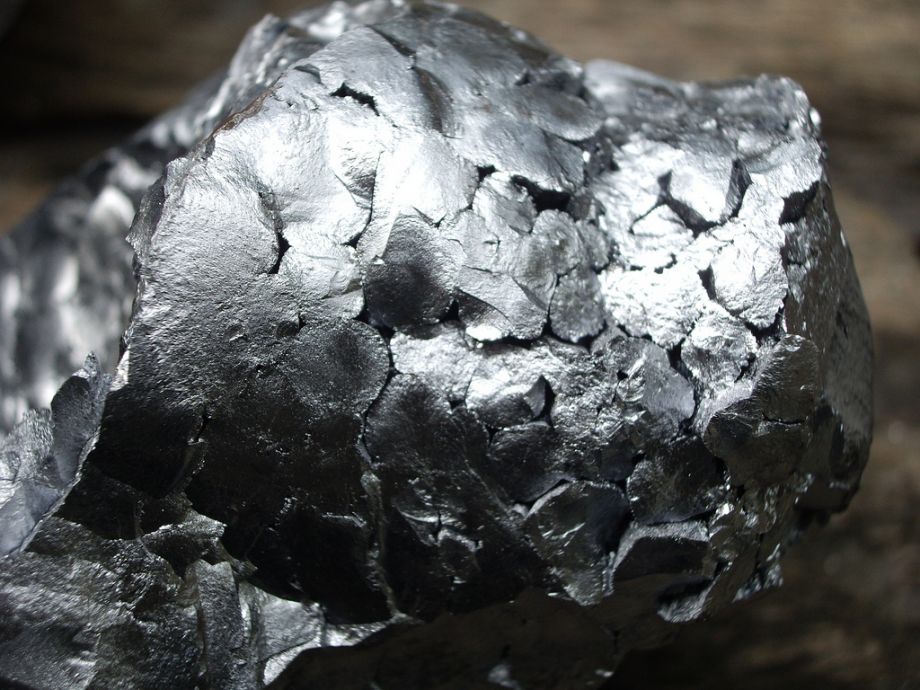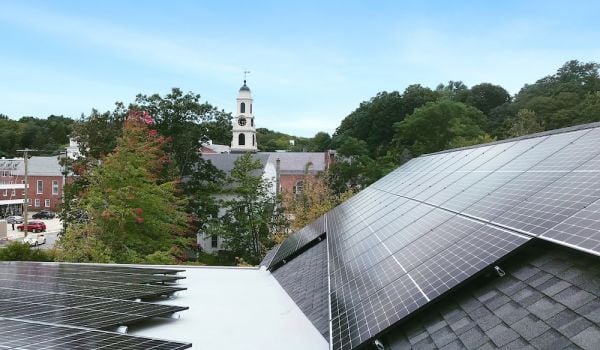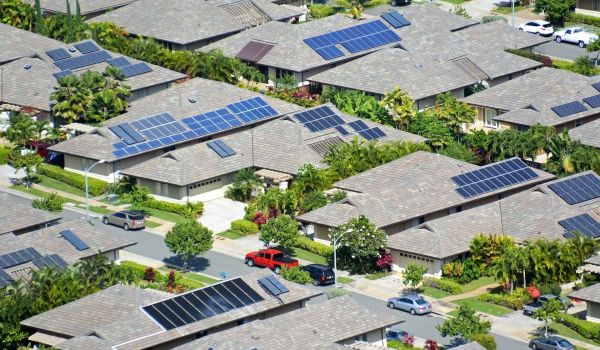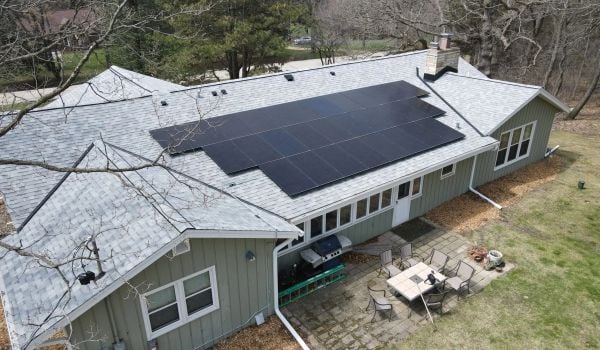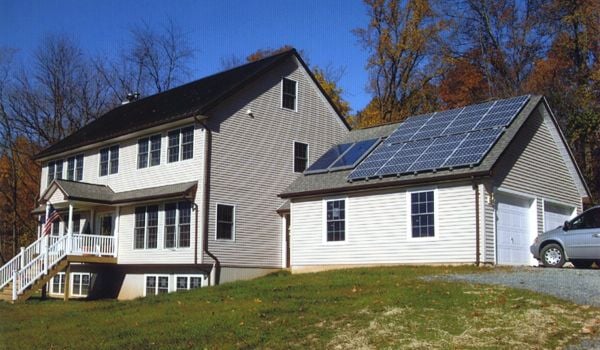Last May the Obama administration imposed anti-dumping tariffs on Chinese-made solar panels, sparking a trade war with China, the world’s largest manufacturer of photovoltaic panels. The duties amounted to between 24 percent to 36 percent on most solar panels sold to the U.S., ostensibly to counteract the Chinese government’s heavy subsidies for the solar panel manufacturing industry, which it supports through a complex web of loan guarantees, land grants and myriad other subsidies.
China soon retaliated, slapping a 57 percent tariff last July on American and South Korean polysilicon, a material used to manufacture solar panels. Now it is upping the ante by raising the tariff by another 6.5 percent, starting two weeks ago.
The trade war hasn’t really satisfied anyone. The Chinese have found it marginally more difficult to export solar panels to the U.S., although this — as well as the gain to companies at home — has been somewhat mitigated by the practice of funneling exports through third parties, on which the U.S. did not impose tariffs, by doing final production in places like Taiwan.
American workers also suffer from the polysilicon tariffs. At a Washington state plant owned by Norway’s Renewable Energy Corp., 500 workers have less work due to the initial 57 percent tariff on their polysilicon output to China (the company was exempt from the smaller 6.5 percent added tariff).
And then there are solar panel installers, who find their own raw materials — manufactured solar panels — slightly marked up due to the protectionist duties.
(Then again, the impact of the trade barriers and subsidies in the first place is debatable. “Conceptually,” said University of Arizona researcher Chrystie Tien Burr, “since we haven’t noticed an increase in solar modules costs after imposing the import tariff on Chinese-manufactured solar cells, it makes the case that Chinese subsidies benefit U.S. consumers much weaker. All that the tariffs do is shift manufacturing activities to other low-labor-cost countries in Asia, such as Malaysia and Taiwan.”)
Meanwhile, the Solar Energy Industries Association, the largest trade group representing the domestic solar power industry, has been working toward a truce in the solar wars. It recently signed on some U.S. lawmakers to back its effort.
The primary goal is to convince both parties to disarm — that is, for China to drop its retaliatory tariffs against U.S. polysilicon imports, and for the U.S. to phase out its anti-dumping tariffs on finished Chinese solar panels. In exchange, the association is calling for “Chinese companies [to] agree to create a fund that would benefit U.S. solar manufacturers directly and help to grow the U.S. market.”
“Money for the fund would come from a percentage of the price premium Chinese companies are currently paying to third-country cell producers to get around U.S. trade sanctions,” reads one blurb on the association’s website, “reducing costs and supply chain distortion for Chinese companies.”
The idea of a much poorer country like China paying into a fund that would help American manufacturers may seem odd, but the implication is that the money paid would be a smaller sum (“a percentage,” in the association’s words) than the subsidies China currently gives its manufacturers, meaning it would still come out on top.
Whether China eventually agrees, and whether the SEIA can rally more American lawmakers behind the effort, remains to be seen.
The Works is made possible with the support of the Surdna Foundation.
Stephen J. Smith is a reporter based in New York. He has written about transportation, infrastructure and real estate for a variety of publications including New York Yimby, where he is currently an editor, Next City, City Lab and the New York Observer.


